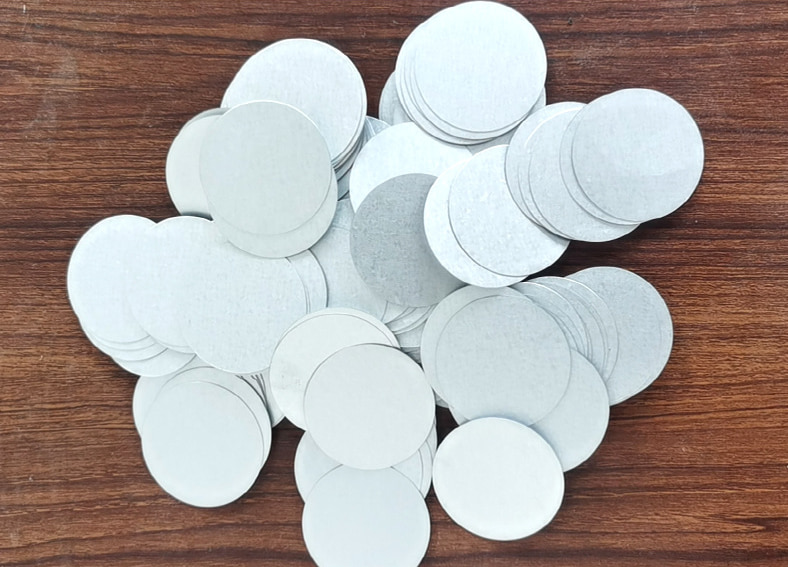Roofing Tincaps Enhancing Roof Construction and Long-Term Performance
As a homeowner or a contractor embarking on a roofing project, it's crucial to pay attention to every detail that contributes to its durability and longevity. One such key component often overlooked is the roofing tincap. In this article, we will delve into the significance of roofing tincaps, their benefits in securing roofing nails, and how they play a pivotal role in maintaining the long-term performance of your roof.
1. What are Roofing Tincaps?
Roofing tincaps are small metal discs designed to be used in conjunction with roofing nails. Made from durable materials such as galvanized steel or aluminum, these tincaps are placed over the nail head and act as a protective barrier, preventing water penetration and ensuring a tight seal. Their design also aids in distributing pressure evenly, minimizing the risk of nail pops and roof leaks.
2. Benefits of Roofing Tincaps:
a. Enhanced Waterproofing: By effectively sealing the nail penetrations, roofing tincaps provide an additional layer of waterproofing to your roof. This helps to prevent water leakage, rot, and other potential damages caused by moisture infiltration.
b. Increased Wind Resistance: The secure installation of roofing tincaps helps to reinforce the overall integrity of the roofing system. They prevent shingles from lifting and can withstand high wind speeds, reducing the risk of wind-driven damage during storms or hurricanes.
c. Longevity and Durability: Roofing tincaps, especially those made from galvanized steel or aluminum, are highly resistant to corrosion, rust, and weathering. Their robust construction ensures that they will endure harsh environmental conditions, contributing to the longevity and durability of your roof.
3. Role in Long-Term Roof Performance:
Roofing tincaps play a vital role in maintaining the long-term performance of your roof. They help to preserve the structural integrity by securing the roofing nails, preventing them from loosening or being driven in too far. This, in turn, prevents shingle uplift, reduces the risk of leaks and subsequent damage, and ensures a stable and watertight roof for years to come.
When it comes to roofing tincaps, SUNWELL is a trusted name known for its superior quality and reliable products. SUNWELL roofing tincaps offer an array of advantages that make them the go-to choice in the industry. In addition to the benefits mentioned earlier, SUNWELL roofing tincaps are designed with precision and backed by cutting-edge technology, ensuring a perfect fit and effortless installation.
Furthermore, SUNWELL's exceptional customer service sets them apart from others. Their team of experts is dedicated to providing personalized assistance, answering queries, and guiding you through the process, guaranteeing a seamless experience from start to finish.
In conclusion, roofing tincaps are an essential component of any roof construction project. By using roofing tincaps, you can enhance the waterproofing, increase wind resistance, and extend the longevity of your roof. And when it comes to roofing tincaps, SUNWELL roofing tincaps are your ultimate solution, offering exceptional quality, advanced technology, and unparalleled customer service. Invest in roofing tincaps and enjoy the benefits of a secure and long-lasting roof for years to come.

